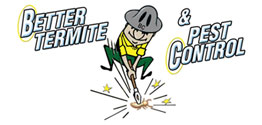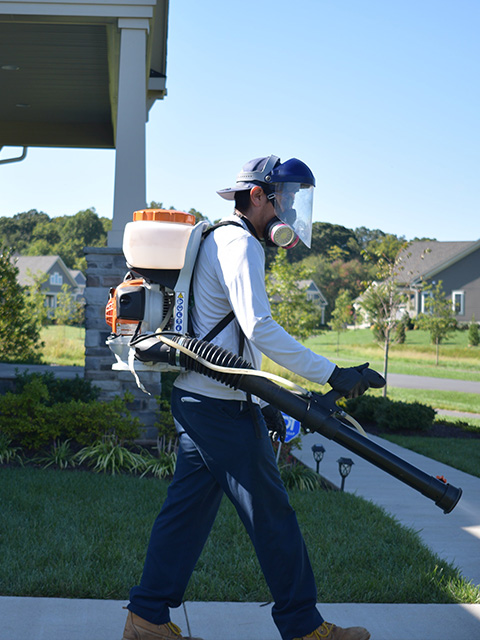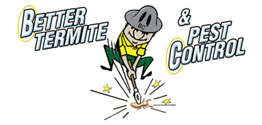Household pests can be a nuisance, causing damage to property, contaminating food, and posing health risks. Proper identification is the first step in effective pest control. Here, we dive into some of the most common household pests and provide tips on how to identify them.
1. Ants
Identification:
- Appearance: Small insects with a segmented body, typically black, brown, or red.
- Size: Ranges from 1/16 to 1/2 inch.
- Behavior: Ants are often seen trailing along surfaces in search of food. They can build mounds outdoors or nest in walls and foundations.
Signs of Infestation:
- Visible Trails: Lines of ants traveling to and from food sources.
- Nests: Finding small piles of dirt or sand, especially near cracks in walls or foundations.
2. Cockroaches
Identification:
- Appearance: Flattened, oval-shaped bodies with long antennae. Colors range from light brown to black.
- Size: Typically 1/2 to 2 inches.
- Behavior: Cockroaches are nocturnal and prefer dark, moist environments.
Signs of Infestation:
- Droppings: Small, dark droppings resembling coffee grounds.
- Egg Cases: Oval-shaped egg cases (oothecae) found in hidden areas.
- Odor: A distinctive, musty odor often indicates a large infestation.
3. Bed Bugs
Identification:
- Appearance: Small, oval, and flat-bodied insects. They are reddish-brown in color.
- Size: Approximately 1/4 inch.
- Behavior: Bed bugs are nocturnal and feed on human blood, often hiding in mattresses, bedding, and furniture.
Signs of Infestation:
- Bite Marks: Small, red welts on the skin, often in a line or cluster.
- Stains: Rusty or reddish stains on bedding from crushed bugs.
- Exoskeletons: Shed skins or exoskeletons in bedding or furniture.
4. Rodents (Mice and Rats)
Identification:
- Appearance: Small mammals with long tails, whiskers, and a pointed snout. Mice are typically smaller than rats.
- Size: Mice range from 2 to 4 inches; rats range from 7 to 9 inches.
- Behavior: Rodents are active mostly at night and seek food, water, and shelter indoors.
Signs of Infestation:
- Droppings: Small, dark, pellet-shaped droppings.
- Gnaw Marks: Chewed food packages, wiring, or furniture.
- Noises: Scratching or scampering sounds within walls, ceilings, or floors.
5. Termites
Identification:
- Appearance: Soft-bodied insects with straight antennae and a pale color.
- Size: Approximately 1/4 to 1/2 inch.
- Behavior: Termites feed on wood and can cause significant structural damage over time.
Signs of Infestation:
- Mud Tubes: Pencil-sized tubes on exterior walls, wooden beams, or crawl spaces.
- Wood Damage: Hollowed or damaged wood, often with a honeycomb interior.
- Swarmers: Winged termites near windows or doors, indicating a nearby colony.
6. Spiders
Identification:
- Appearance: Eight-legged arachnids with varying body shapes and colors.
- Size: Ranges from 1/4 to 1 inch, depending on the species.
- Behavior: Spiders can be found in dark, undisturbed areas such as basements, attics, and closets.
Signs of Infestation:
- Webs: Irregular web patterns in corners, under furniture, or in window frames.
- Sightings: Frequent spider sightings, especially of multiple species.
Identifying household pests quickly and accurately is essential for effective pest control. Recognizing the signs of infestation early can help prevent damage and reduce health risks. For persistent or severe infestations, consider seeking professional pest control services to ensure a thorough and safe solution.




